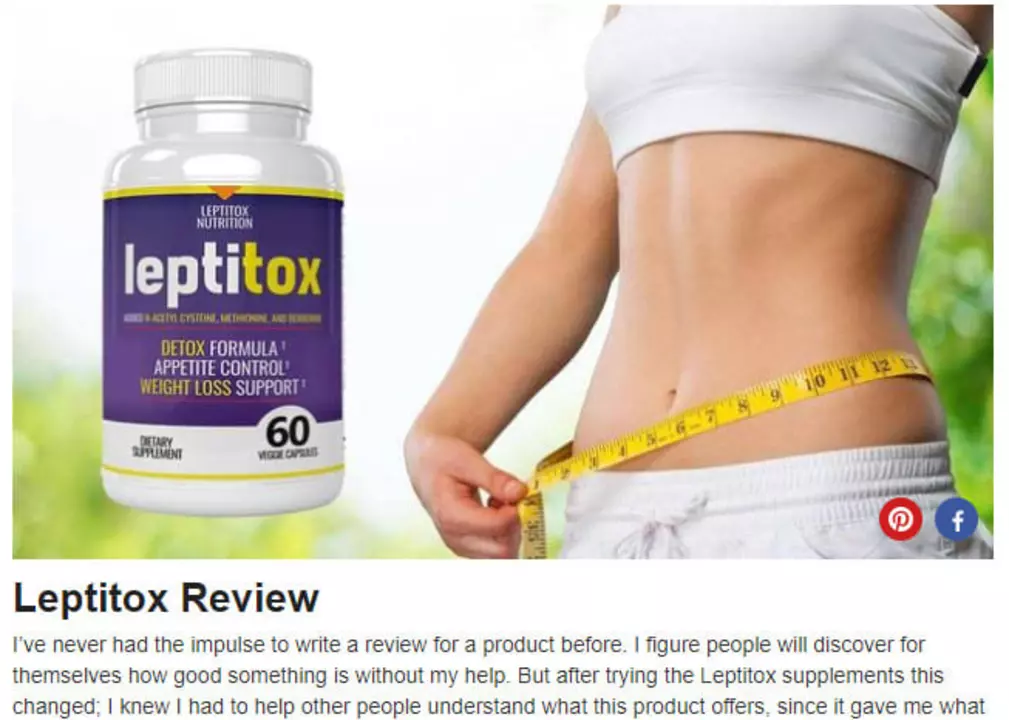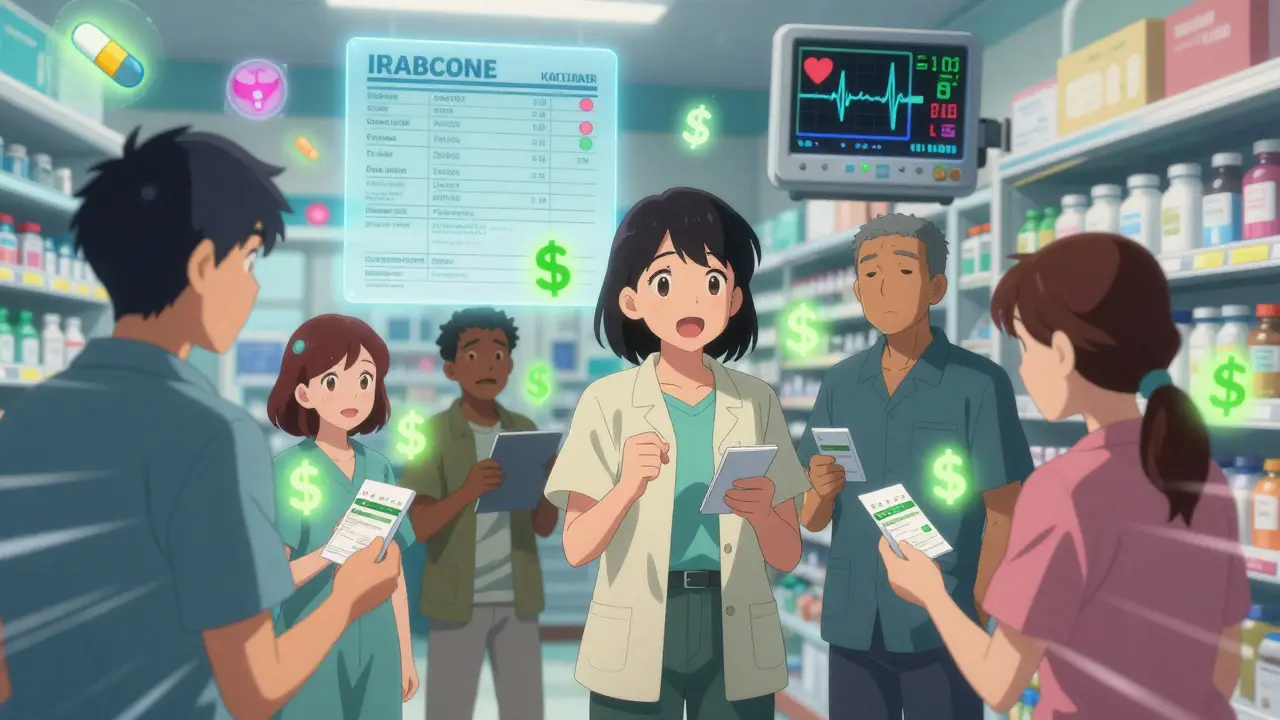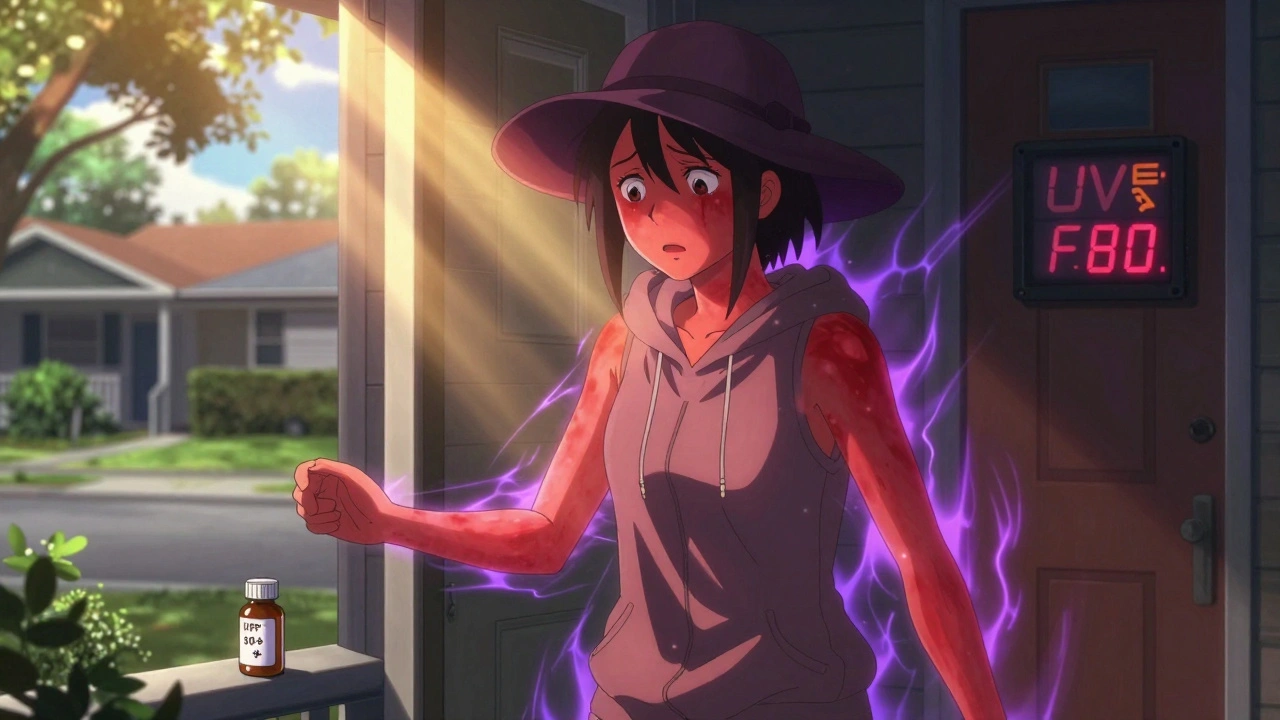Banaba: Natural Blood Sugar Support, Uses & Safety
One small leaf from the banaba tree has drawn real attention for blood sugar support. If you’re curious about natural ways to help manage glucose, banaba (Lagerstroemia speciosa) deserves a quick look. This page gives the facts, how it works, sensible dosing tips, and safety points so you can decide if it fits your routine.
How banaba works and what evidence exists
Banaba contains corosolic acid and several tannins. Corosolic acid helps cells take up glucose more efficiently and may slow sugar absorption after meals. Human studies—mostly small trials and research from Asia—show modest reductions in post-meal blood sugar and improved insulin sensitivity in some people. That doesn’t mean it replaces medication, but it can be a useful add-on under supervision.
Researchers in the Philippines and Japan ran short trials comparing banaba extracts to placebo and reported lower glucose spikes after meals. Results vary by extract quality and dose, so outcomes aren’t identical across studies. Expect modest benefits, not dramatic cures.
Using banaba safely: dosing, form, and interactions
Banaba comes as capsules, tablets, liquid extracts, and tea. Common capsule doses range from 40 mg to 200 mg of corosolic acid or 500 mg–1,000 mg of whole-leaf extract daily, often split across meals. If you choose tea, remember the active amounts vary a lot by preparation.
Key safety points: banaba can lower blood sugar. If you’re on diabetes meds (insulin, metformin, sulfonylureas, etc.), monitor glucose more often and talk to your prescriber before starting. Hypoglycemia risk rises if doses aren’t adjusted. Pregnant or breastfeeding people and children should avoid it due to limited safety data.
Side effects are usually mild: stomach upset, headache, or dizziness. Allergic reactions are rare but possible. Stop using banaba and contact a clinician if you notice rash, severe dizziness, or fainting.
Quality matters. Look for brands that state corosolic acid content, use third-party testing, and provide clear extract ratios. Avoid products with vague ingredient lists or hidden fillers. If you want steady, predictable results, standardized extracts are a smarter choice than loose leaf tea.
Practical tip: start low and track. Try a low standardized dose for two weeks while checking fasting and post-meal glucose. If you see small improvements and no side effects, continue and review with your healthcare provider. Don’t stop prescribed meds without medical advice.
Banaba is a sensible, evidence-backed herbal option for people exploring natural blood sugar support. It’s not a miracle cure, but with a careful approach—good-quality product, realistic expectations, and medical oversight—it can be part of a safe plan to support glucose control.
The Science Behind Banaba: How This Dietary Supplement Can Help You Shed Pounds and Improve Your Health
In my recent blog post, I explored the science behind Banaba, a dietary supplement that can help you lose weight and improve your health. Banaba, derived from the leaves of the Lagerstroemia speciosa tree, is known for its blood sugar-lowering properties and ability to support weight loss. Its active ingredient, corosolic acid, helps regulate insulin levels and boosts glucose metabolism. Additionally, Banaba contains potent antioxidants that promote overall health and reduce inflammation. If you're looking for a natural way to shed pounds and stay healthy, Banaba might just be the supplement for you!






